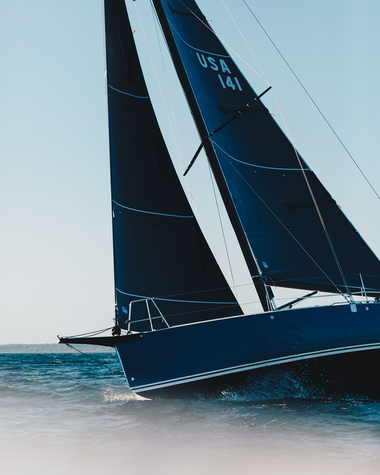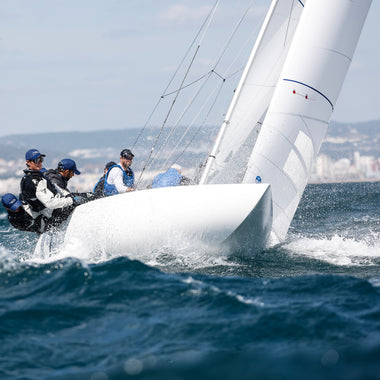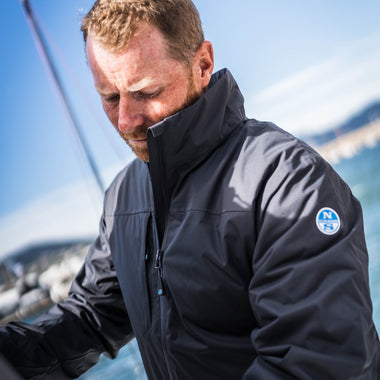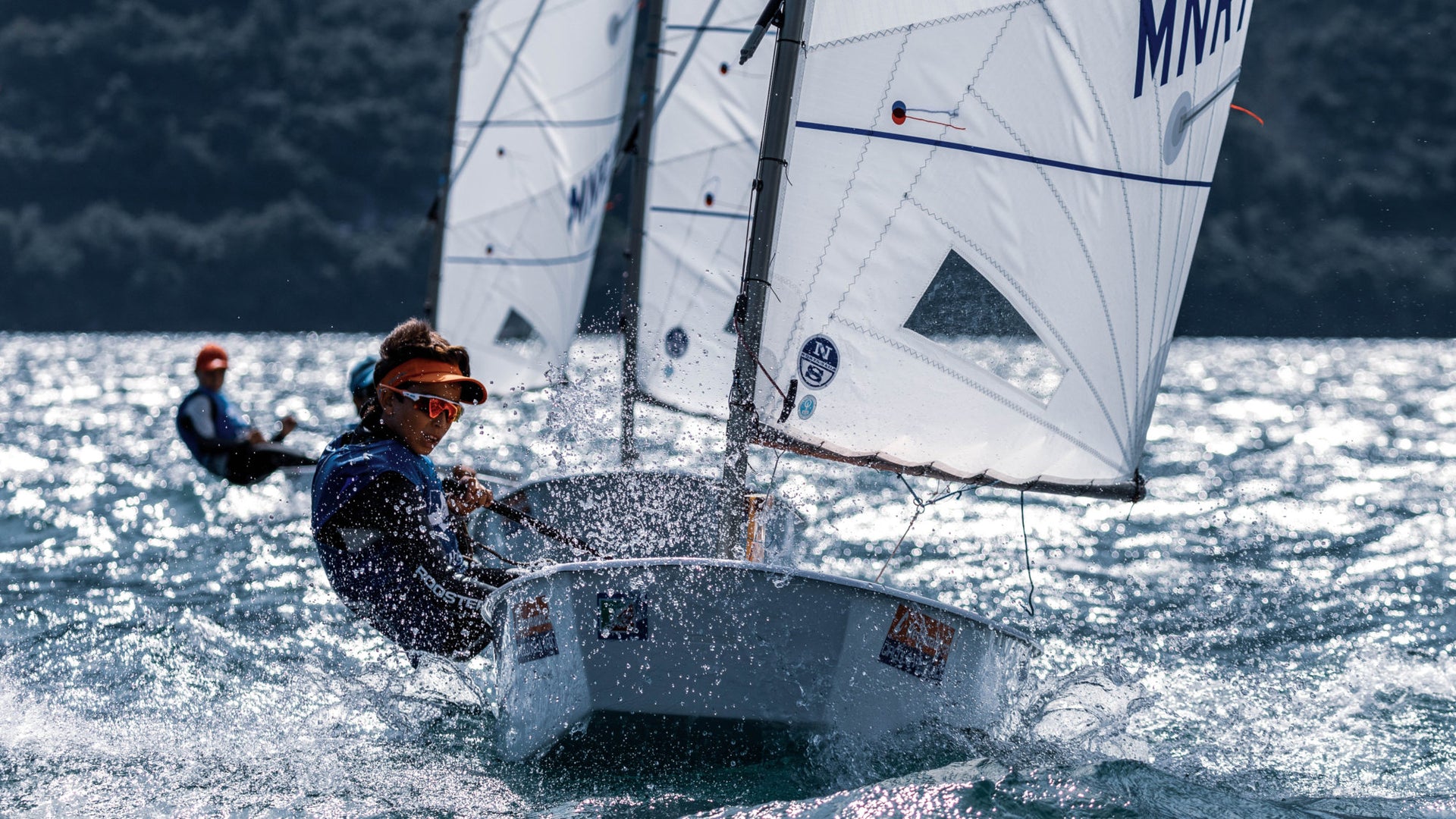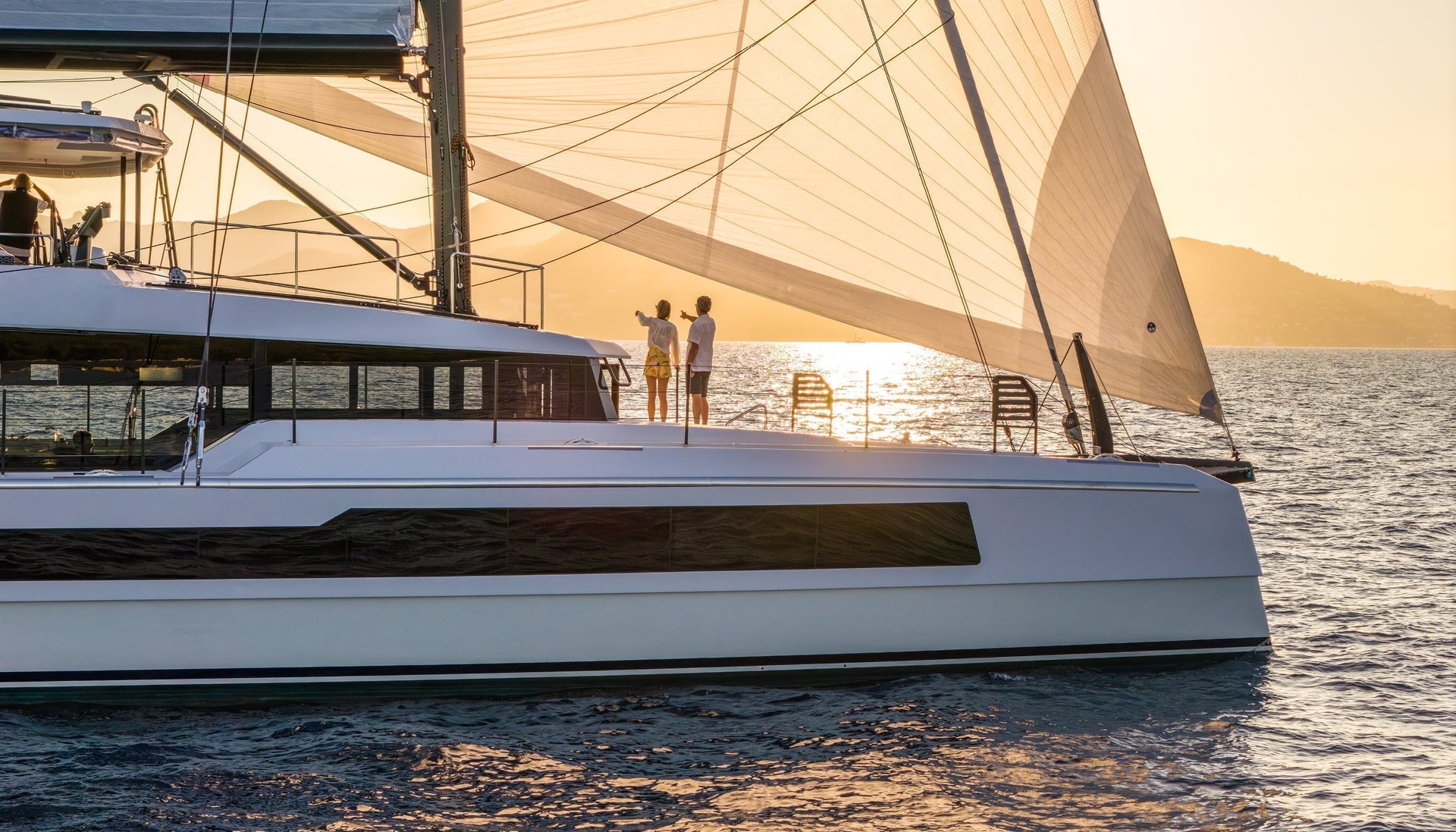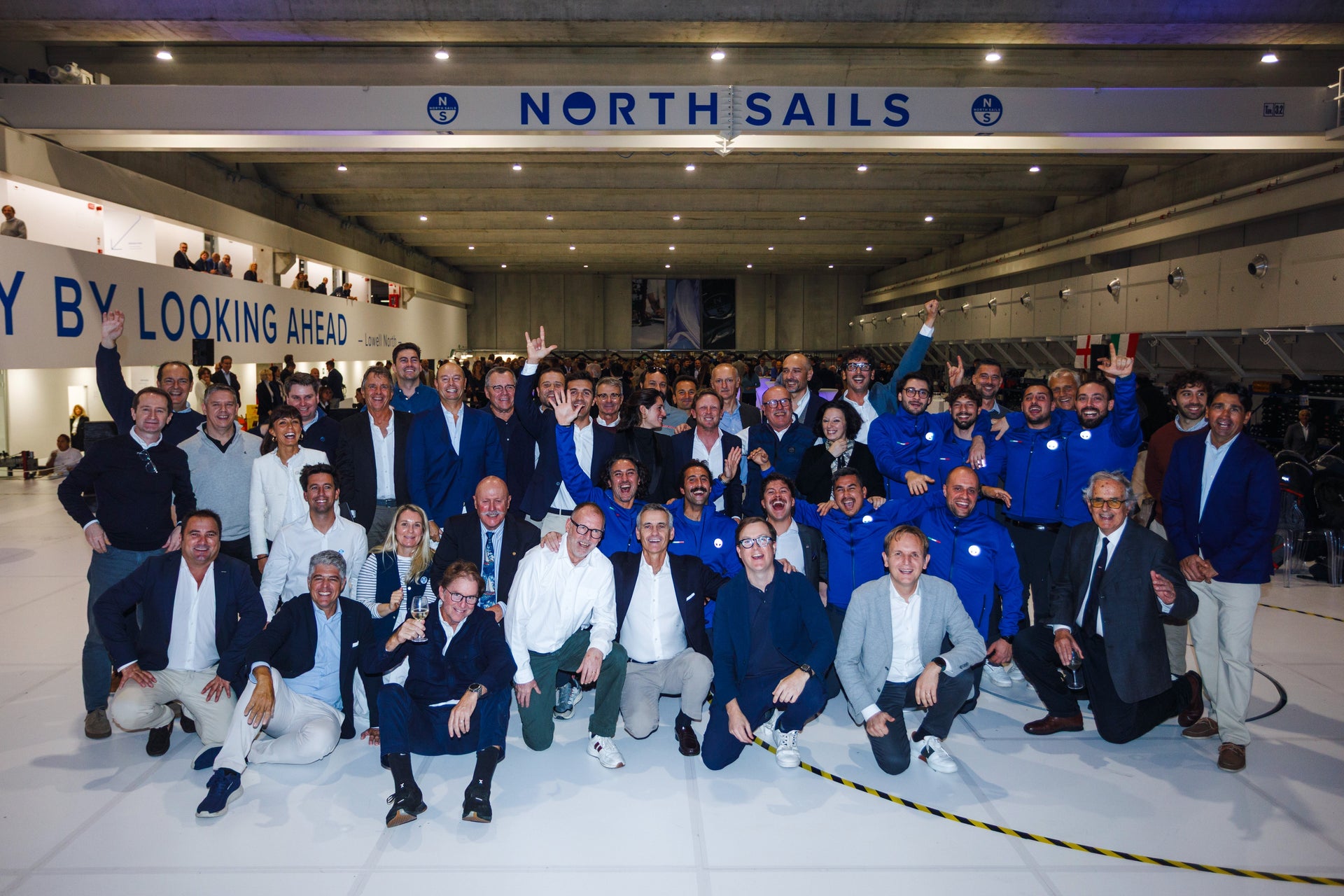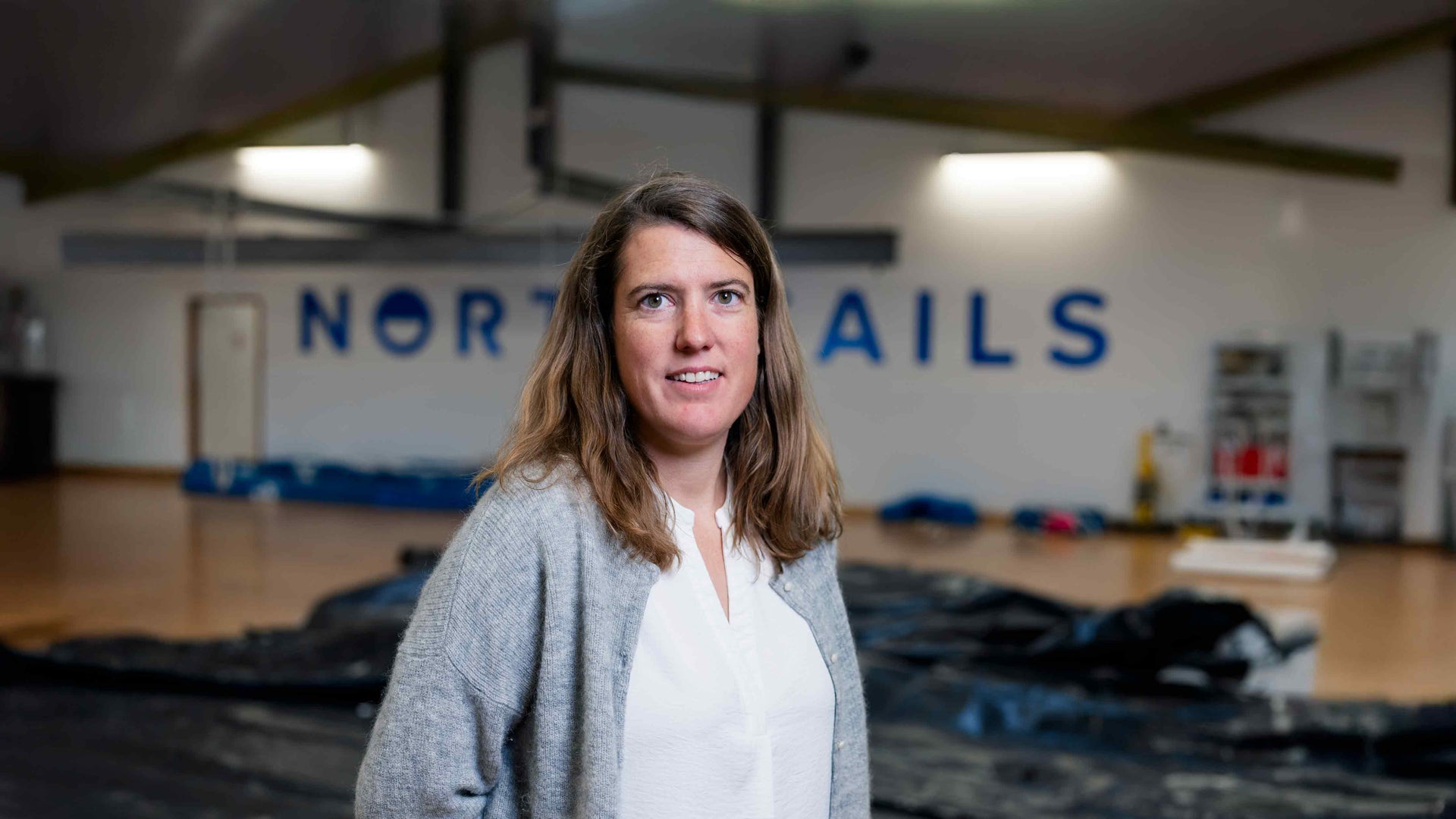OPTIMIST QUICK TIP - SPRIT TENSION
NORTH SAILS MNR OPTIMIST SAILS UPWIND QUICK TIP
Sprit Tension is The Key

When you think about it, your Optimist sail has a really big job to do; it has to have a great shape in really light wind, when most sailors wish they wouldn’t run a race, and it has to also hold its shape all way to 20 knots +, when some other sailors wish they wouldn’t run a race. The North MNR sail can handle it and is very dynamic. It is designed to excel in all wind ranges, but you have to help it by following the cues and tuning guide as you sail in different conditions, and trim the sail properly.
Here’s one secret: if you want to unlock your North MNR mainsail’s full potential upwind, focus hard on sprit tension.
One of the big drawbacks of tight mainsheet tension upwind, especially with traditional Optimist sail designs, is that the back end of the sail, the leech, has a tendency to close down, sometimes in a vertical line right along the forward end of the battens. I liken this to the flaps on the wing of a plane being deployed to slow the plane and stall flow. Deploy flaps…. flow stalls; pull in your mainsheet too much…. leech closes off and you lose lift. This is s-l-o-w. Most sails have one sweet spot, but after that you cannot pull it in any more, and if you do… you really slow down.
Here’s the good news: the MNR bi-radial sail is designed with all this in mind, and with the right sprit tension, the sail can be very fast in most all wind conditions.. To unlock its potential, follow the simple guidelines below:
LIGHT WINDS (0-8 knots)
Ease off the sprit halyard quite a bit. You want to clearly see wrinkles/creases coming from the clew to the top of the mast. This may look weird, but it will keep the leech open when you sheet the sail in, and will give you great pointing height.
MEDIUM WINDS (9-15 knots)
Here is where you need to experiment. Depending on your weight, rig, and the chop, the sprit can come in a bit, but if there is any real chop of waves at all, err on the side of slightly less tension, so you still want to see some wrinkles. In very flat water, you can pull it in so the wrinkles are barely there, and you will just point higher.

HEAVY WINDS (16-20 knots)
If you can keep the boat flat with the mainsheet in so that the boom is on, or slightly inside, the transom corner, feel free to tension the sprit so that the wrinkles are gone (but definitely not too tight). Once you are overpowered though, ease off just a bit to open the leech and de-power.
All boats/sails/rigs/sailors are unique, so everyone should experiment and work to find what setups are fastest for you. There’s more to the story for sure, so if you are interested in learning more about your North Sails MNR sail, please don’t hesitate to contact North Sails expert Tom Sitzmann. Remember, fun is fast!
